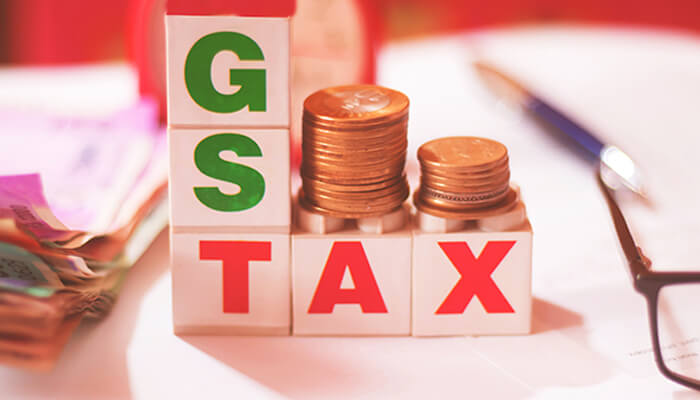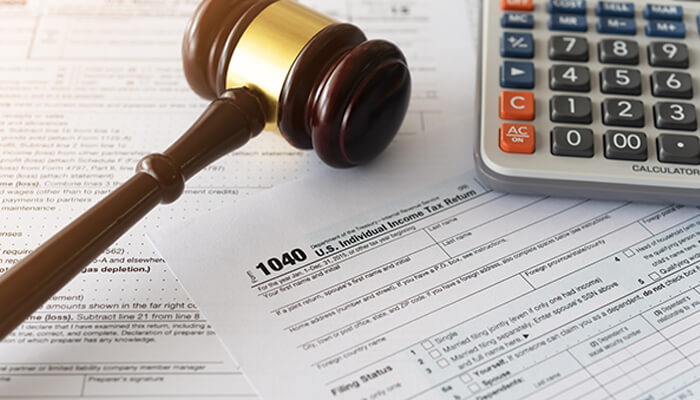When you invest in a stock, what is the first thought that pops up in your head? Isn’t it the one where you keep thinking that it would be good if the interest rates were high? In the case of taking out a personal loan, would you wish for the same or the opposite? Without a doubt, it would be the opposite factor, right? You would keep thinking that it would be better if the interest rates were actually lower. Similarly, with GST Rates, there’s a consideration of impact depending on the situation
Similarly, have you ever wondered about the rates of taxes and more? When you go out shopping, wouldn’t you want to know how much the full closing price would be? If the rate of GST is high, once again, don’t you think it would be a larger amount that you just can’t skip? This article is going to speak about the GST rates in India and how they are decided.
Before we go any further – you need to know about the GST Council.
What is the GST Council?
The Good and Services Tax Council is a constitutional body established under Article 279A(1) that is led by the Union Finance Minister and includes the Union Minister of State for Finance, Finance Ministers, and any additional ministers selected by state governments as members.
The secretariat office is in New Delhi, and the Union Revenue Secretary serves as the GST Council’s ex-officio Secretary. The Supreme Court made it plain last month that the Council is simply a consultative body, and its decisions are not binding on the Center or the states. According to the Supreme Court, the Council’s proposals will have “persuasive value,” and both Parliament and state legislatures can equally legislate on GST-related issues.
Here is the answer to your questions: the head of deciding GST Rates in our country is the GST Council, among several other activities that they do. Let’s get to know more about this.
Activities of the GST Council
The Council’s main responsibility is to make recommendations and suggestions to the Union and the States:
- Model GST Laws, the items and services that may fall within the purview of GST.
- Place of Supply Principles and Threshold Limits
- GST rates, including banded floor rates,
- Special rates are available for raising additional resources during natural disasters.
- Article 269A mandates the imposition of a Goods and Services Tax on supplies made in the course of inter-state trade or commerce.
- Arunachal Pradesh, Assam, Jammu and Kashmir, Manipur, Meghalaya, Mizoram, Nagaland, Sikkim, Tripura, Himachal Pradesh, and Uttarakhand would be given special consideration.
How Does this Council Work?
To have a meeting and issue recommendations, the Council must have at least 50% of its members present. The Council’s recommendations require 3/4 of the members who are present and vote in the meetings. The vote of the central government counts for one-third of the total votes, whereas the weightage of the total votes of the states is two-thirds.
Any act, decision, or process shall not be considered invalid because of any lingering defect at the time of the GST Council’s establishment, i.e.
- If there is still a vacancy on the Council
- If the Council’s constitution contains any flaws.
- If there is an error in the appointment of a person to the Council.
- If any procedural violations exist.
Current Types and Structures of GST Rates
For all normal taxpayers, the current default GST rates are 0% (nil-rated), 5%, 12%, 18%, and 28%. There are a few less common GST rates, such as 3% and 0.25%.
Furthermore, those subject to the composition tax must pay GST at lower or nominal rates, such as 1.5%, 5%, or 6% on their revenue. TDS and TCS are also the terminologies used in GST, with rates of 2% and 1%, respectively.
In addition to the aforementioned GST rates, the GST law imposes a cess on the sale of numerous items, including cigarettes, tobacco, aerated water, fuel, and motor vehicles, with rates ranging from 1% to 204%.
The Most Recent Revisions of the Rates
- On July 13, 2022, the Central Government published nine notifications from 3/22 to 11/22.
- The new GST rates went into effect on July 18, 2022.
- Equipment such as polished and cut diamonds, tetra packs, and coal-based tar became more expensive, whereas DEC tablets, supplier imports of specific defense items, and autonomy appliances were less expensive.
The issues that are discussed in all of the council meetings and the rates that they finally decide upon will change with every council meeting. Therefore, we cannot quite say that all of the council meetings will remain the same.
For instance, the events that were decided during the COVID-19 GST council meetings were much different than all of the other general council meetings.
For example, here are the 43rd Council meeting discussions:
- GST on relief goods will be waived and will remain in effect until August 31, 2021.
- The import of Amphotericin B, a drug used to treat black fungus, is also exempt from GST.
- Any COVID-related relief item imported for the purpose of giving to the government or a relief group would be free from IGST until August 31, 2021.
- The finance minister established an amnesty scheme to eliminate late fee returns. This technique allows small taxpayers to file returns.
- A group of ministers will be formed, and they will produce a report by June 8, 2021, determining whether the rates should be raised or decreased.
Conclusion
There are a lot of factors to consider when deciding the rate of something, and they are mentioned here for you. Don’t miss out on the crucial factors that can play a vital role in your finances.



